12-13 Semester Exam Review (Midterm)
THINGS TO KNOW!!!!
1. What are the types of white balance and draw the symbol for each.
- Auto ( camera sets white balance )
- Daylight ( camera adds warm tones )
- Cloudy ( camera adds warm tones )
- Shade ( camera adds warm tones)
- Tungsten( camera adds cool tones)
- Fluorescent ( camera adds warm tones )
- Custom ( photographer sets white balance )
2. What is the difference among large format cameras, medium format, DSLR, and compact?
Large Format Camera: Cameras that use a flim or digital sensor 4×5 inches or larger
Medium Format: Film and digital cameras that record images on media larger than 35 mm, but smaller than 4×5 size
DSLR:
Compact:
3. What time periods were they used?
Medium format : 1890-1950
4. What does SLR stand for?
Single reflex lens
5. Who made the first photograph?
Niepce
6.Who is Daguerre and what did he contribute?
Louis Daguerro, It was the first image that was fixed and did not fade and needed under 30 minutes of light exposure.
7. What is the rule of thirds? What would a photo look like using this?
The lines should divide the photo into three quadrants vertically and horizontally.
Where the lines intersect is where you should place your subject.
8. What are leading lines?
an object or objects in the frame direct your eye to one area of the photograph.
9. What is framing?
Using objects to frame the subject can lead the viewer’s eye right where you want it.
10. What’s the difference between bird’s eye and worm’s eye view?
Bird’s eye: looking below making the object look smaller
Worm’s eye: looking under the object to look bigger
11. What is libel?
This is not within constitutionally protected speech or press.
(LAPS test) literary, artistic, political, or scientific value
13. What is invasion of privacy?
14. Copyright infringement?
15. What is the difference between being unethical and breaking the law in photojournalism?
